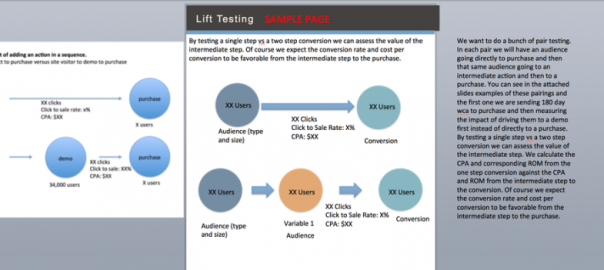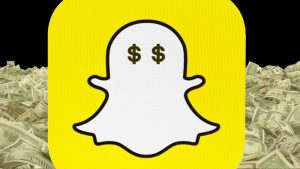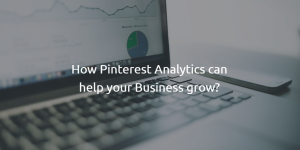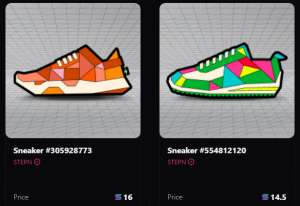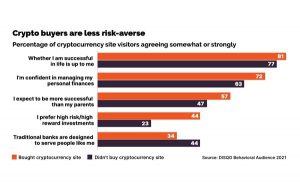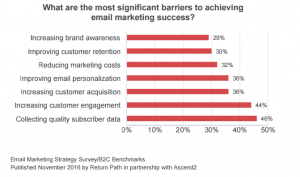Everyone wants to determine the ROI on their page likes and be able to directly attribute a page like’s value relative to a conversion. But there’s been confusion conveying this value in a way that’s measurable back to that bottom dollar.
So what’s the best way to track this or paint a better picture on the value of a like?
At the end of the day, if they attribute conversion value back to these likes, then they are interested in pushing the throttle a bit heavier.
To answer this age-old question on the value of a fan (just Google “value of a fan Dennis Yu“) we need to make sure we’ve got the “plumbing” in place to enable this measurement. Two foundational articles:
- http://www.adweek.com/socialtimes/the-definitive-guide-on-how-to-calculate-earned-media-value-emv/300073
- adweek.com/socialtimes/measuring-social-roi-with-tools-already-at-your-disposal/300117
You have to connect the top and bottom of the funnel to tie fan (or top funnel) activity to hard dollar ROI.
Perhaps the easiest way is to look at pairings of direct and two step sequences, where one ad is sending non-fans (of whatever targeting type) to a conversion page and the other ad is sending that same target filtered to also be fans.
You’d expect that fans convert better.
And the difference is a rough form of lift testing.
Here’s a page from our weekly reporting template to see how to set up such a pairing.

But why assess just the incremental funnel impact of someone becoming a fan?
Why not look at the contribution from them joining the email list (which is like becoming a fan), visiting the site, searching on our brand terms, etc?
The heart of marketing automation is deconstructing complex interaction sequences into simple pairs.
And each pair is measuring the difference in conversion value between directly going from X to Y versus going to X to an intermediate step and then to Y.
There is a bit of chicken and egg here, since someone may already be a fan in real life, just not on Facebook.
It’s not possible to fully eliminate the correlation and causation issue here.
But if you really want to get that extra level of precision, then you’d set up factorial tests with these pairings by geo.
Some randomized DMAs (designated market area) would get the fan acquisition campaigns, while others don’t.
Beyond the directly trackable effects of fan growth, which is tied in closely with generating reach, we have the softer benefits of brand growth.
Measure this via aided and unaided recognition in brand perception surveys, increase in conversion or brand search volume, or general increases in engagement. There are mountains written about how to assess the value of a brand, independent of channel.
But for the immediate, direct hard dollar ROI of fan acquisition via Facebook, we’d set up these pairings as described above.
This lets us measure the incremental impact of fan acquisition campaigns, so long we take care to give these fans enough time to move down the funnel.
Marketing, not just social marketing, is about establishing these journeys and measuring the value of these nurtured touchpoints.
(203)
